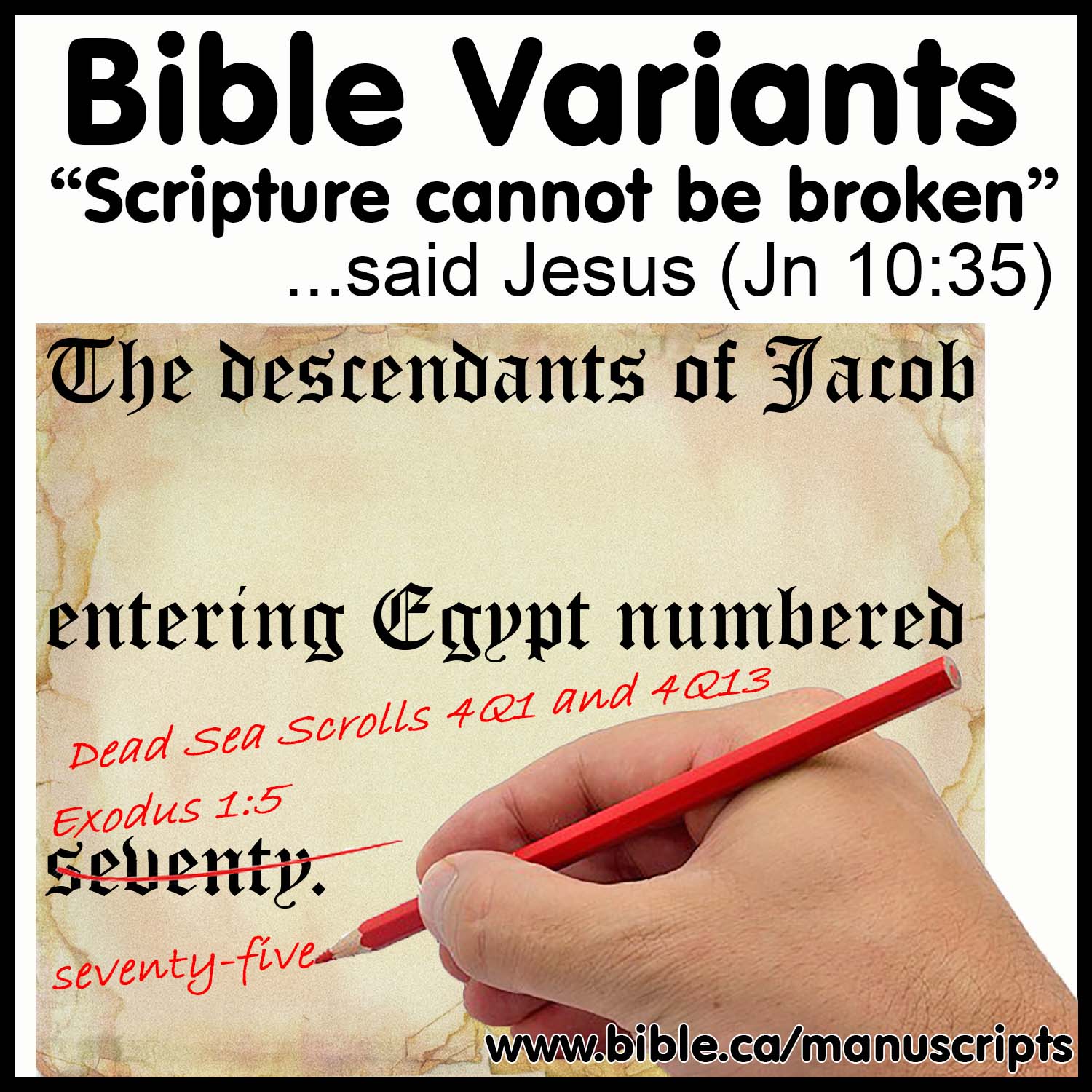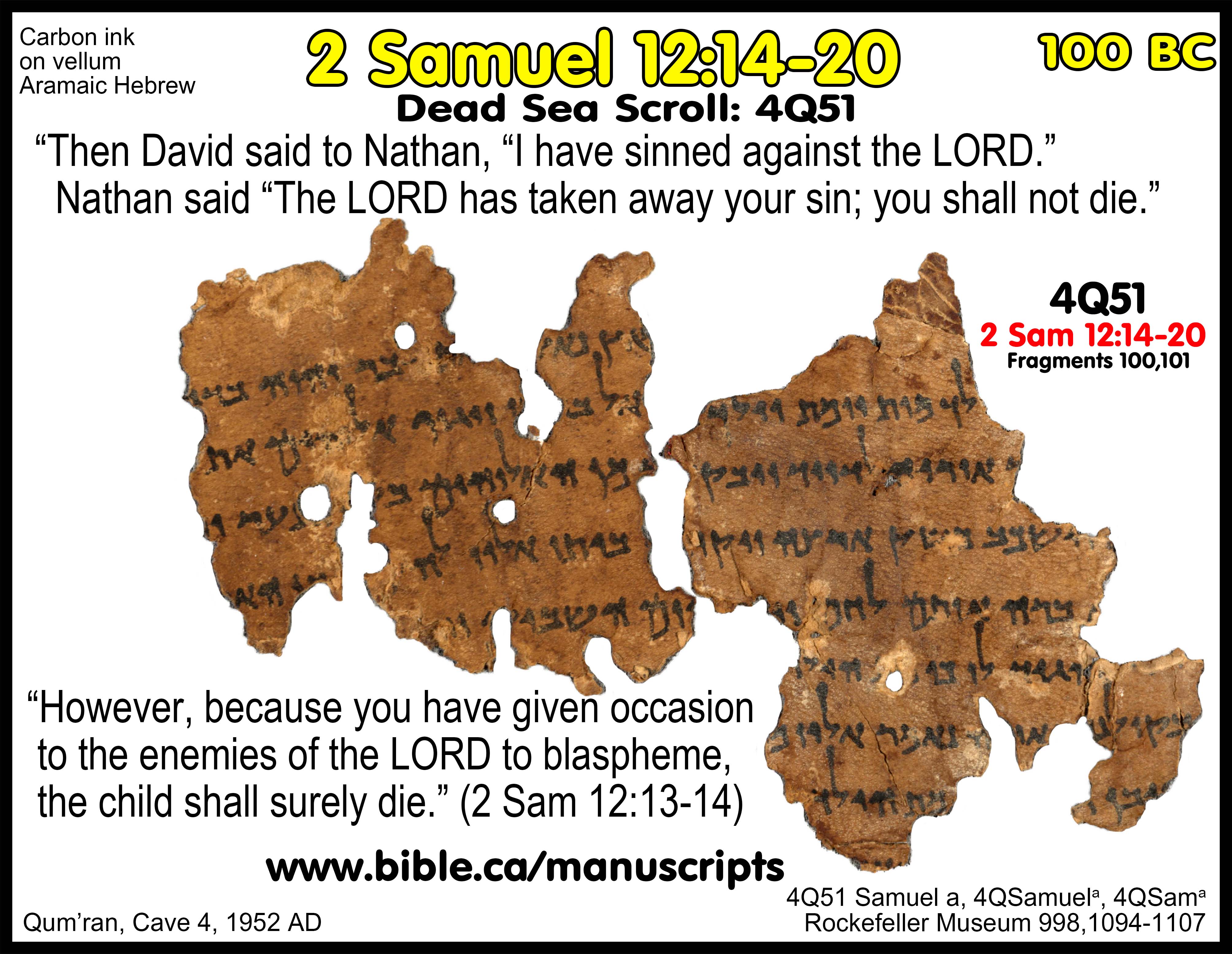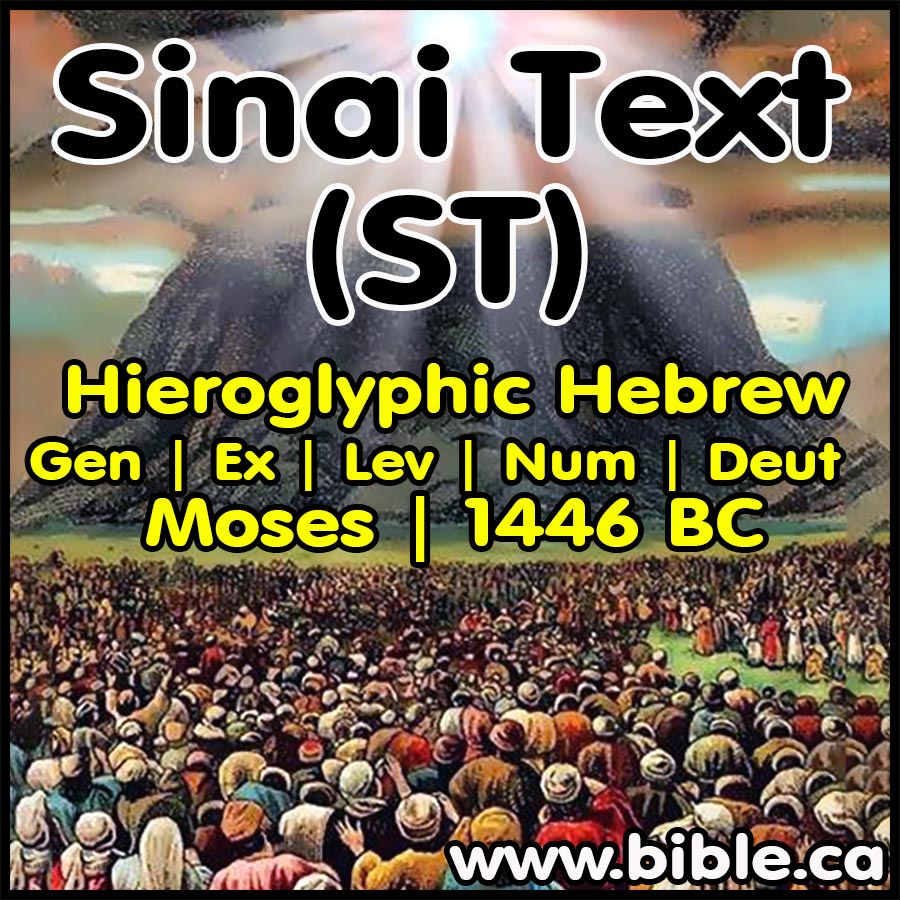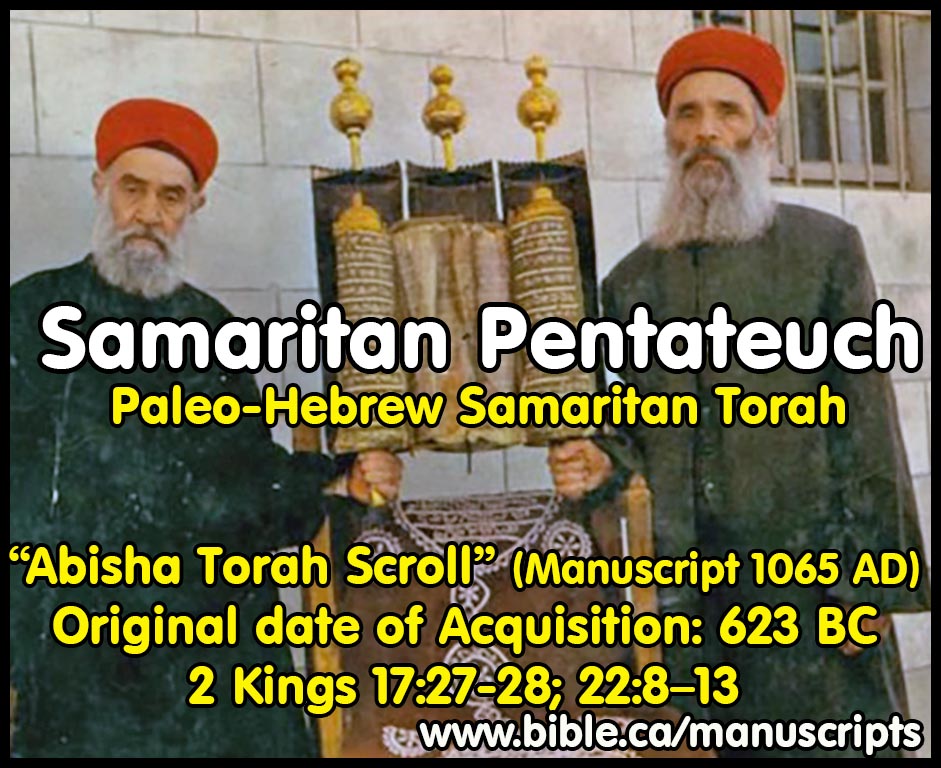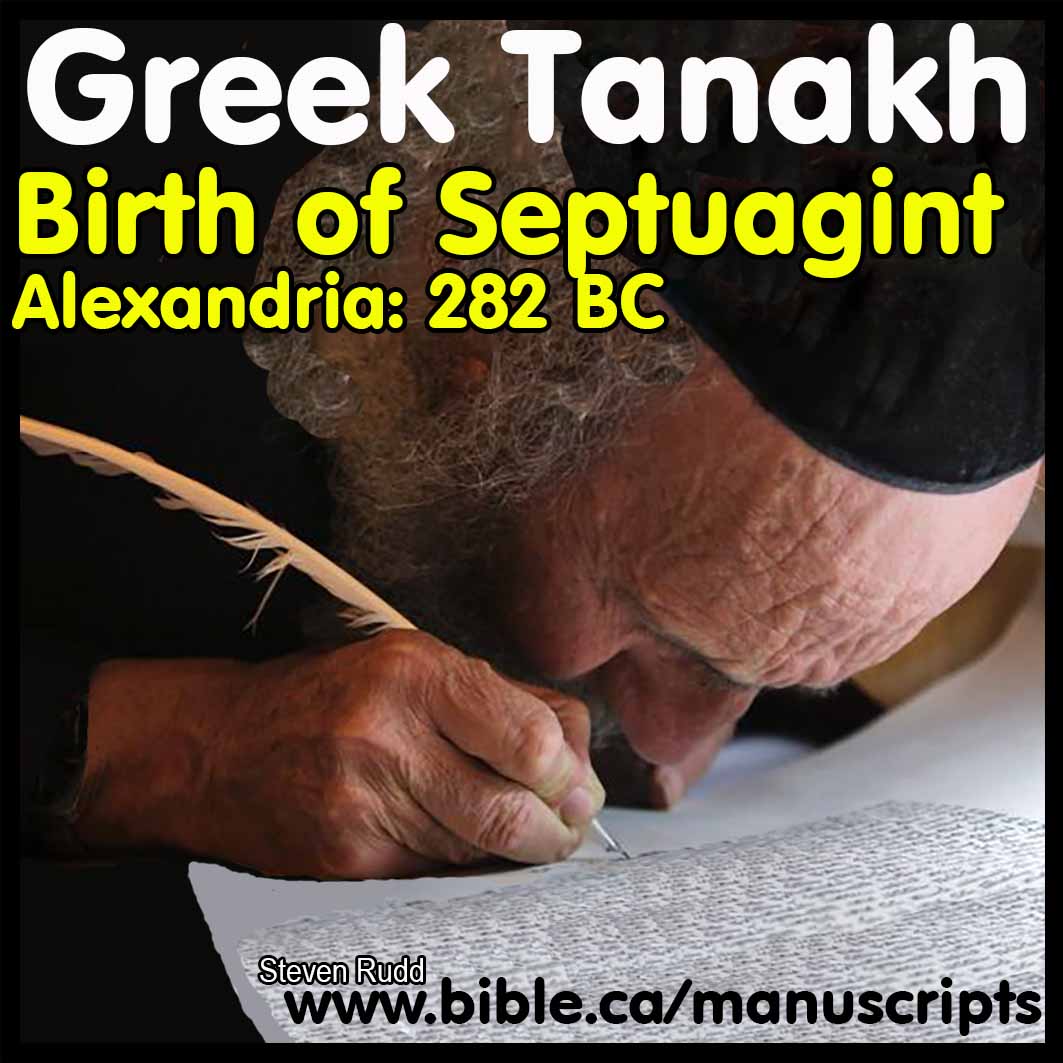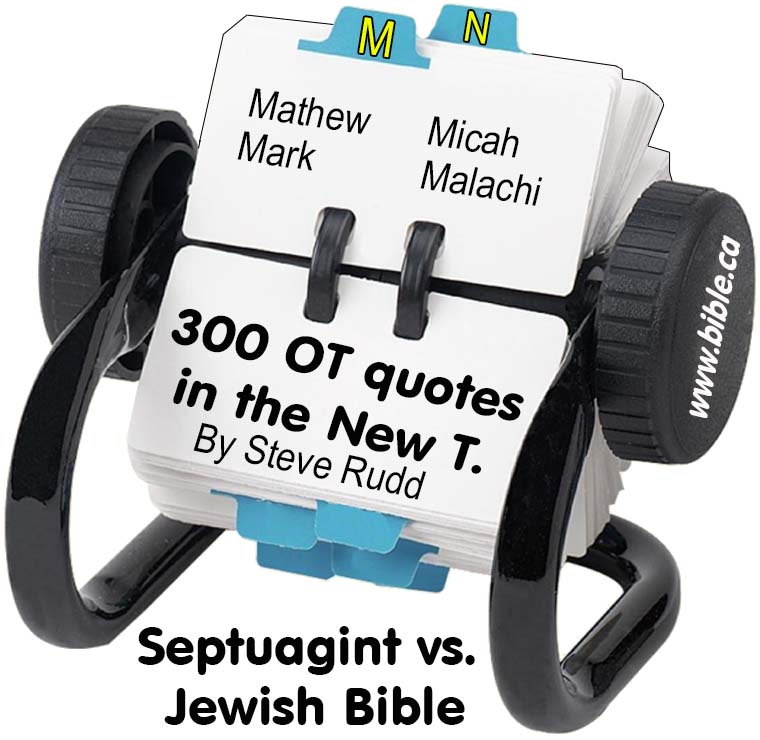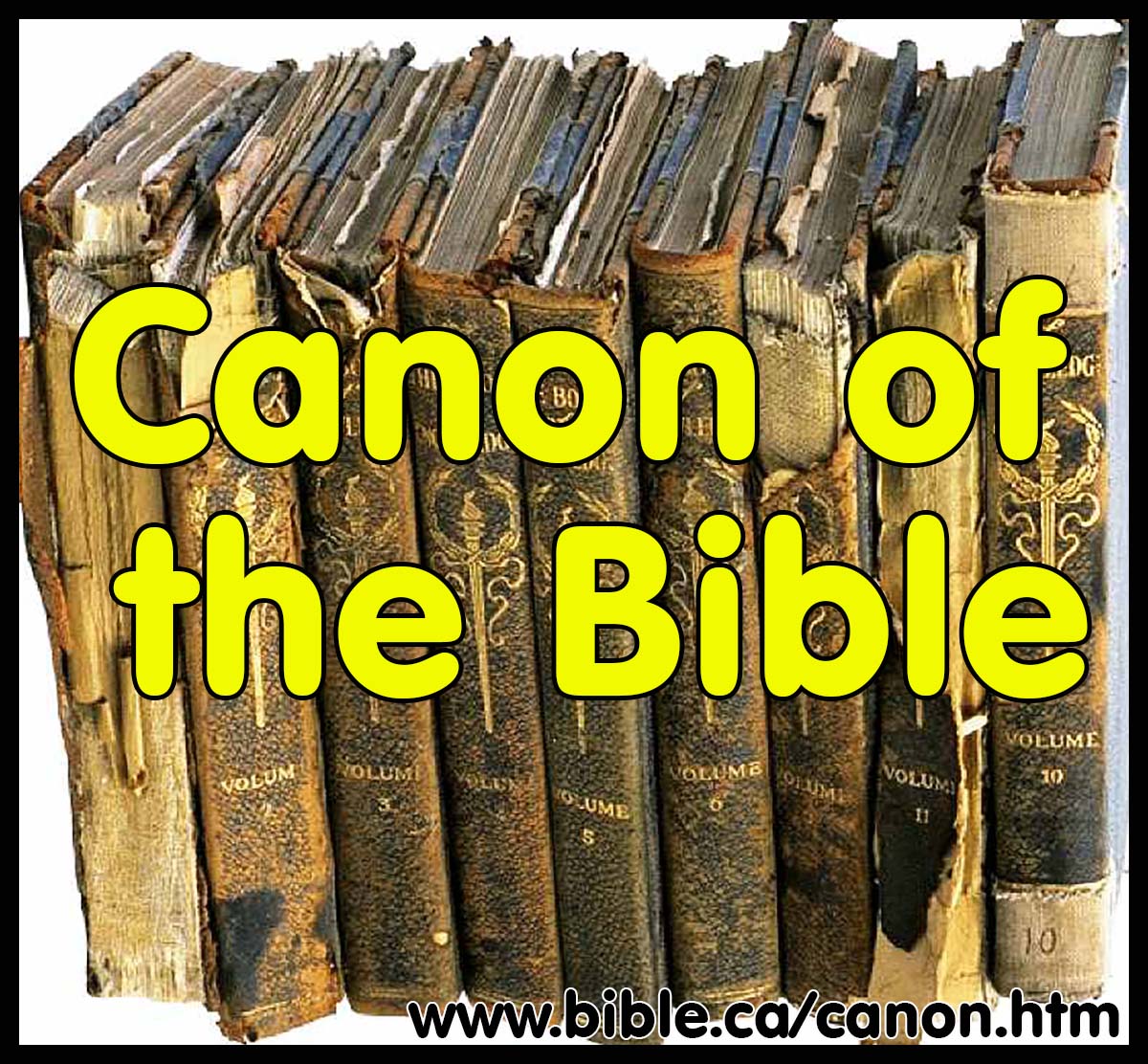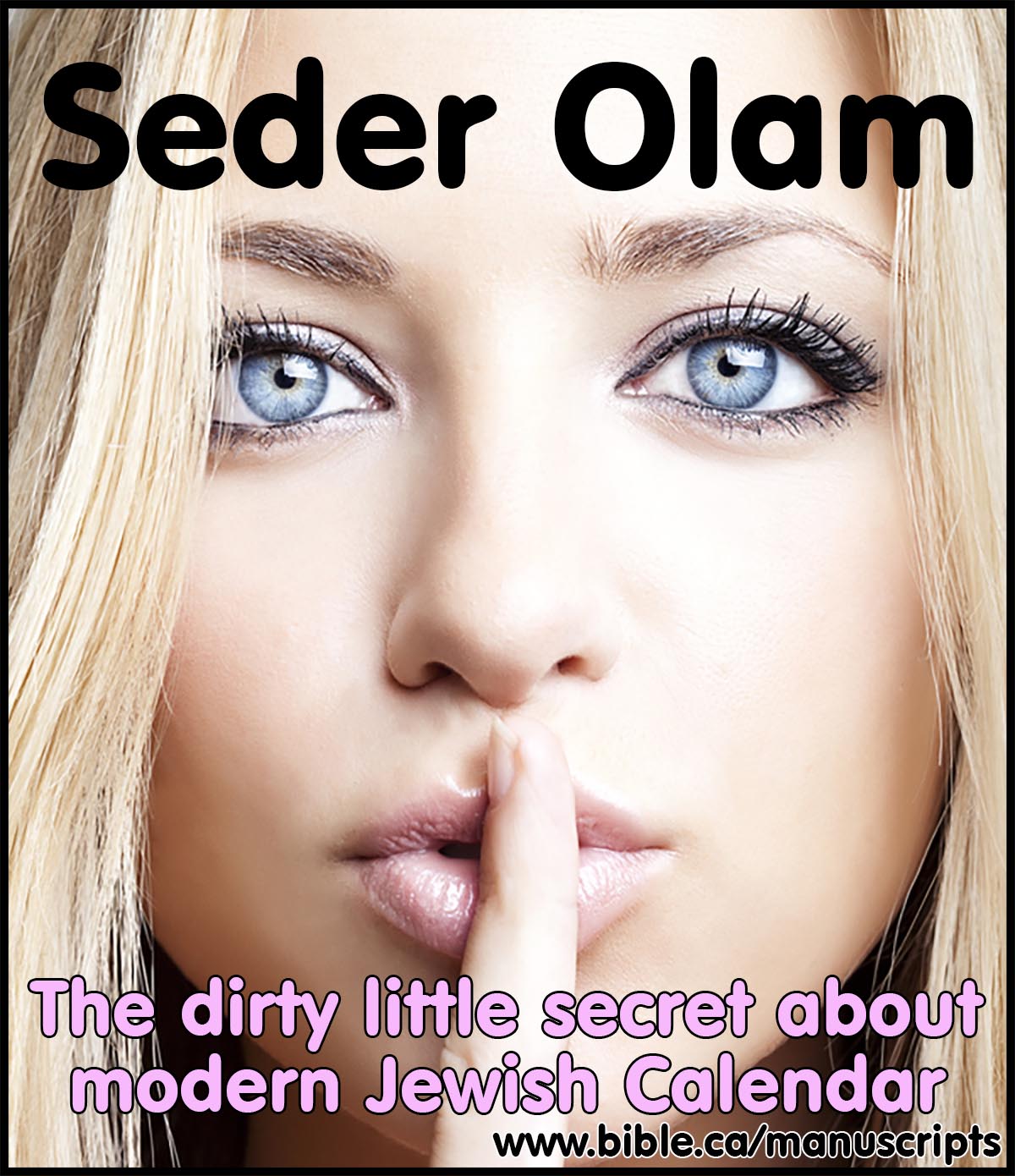|
Textual Variants in the Book of 1 & 2 Samuel "Scripture cannot be broken" (Jesus, John 10:35) "My word will accomplish what I desire and succeed in the purpose for which I sent it." (Isa 55:11) Steve Rudd November 2017 |
Textual Variants in the Book of 1 & 2 Samuel:
Bible textual variants analysed
Introduction:
The text of the book of 1 & 2 Samuel is solid and certain because we have the Septuagint (LXX). The Hebrew Masoretic Text (MT) of 1st and 2nd Samuel are universally recognized as “hopelessly corrupted” and is corrected by the copy of the Greek Septuagint (LXX) in possession of Christians in 350 AD. For example, the variant of 2 Samuel 12:14-20 found in the Septuagint is validated by three Dead Sea Scrolls: 4Q51-4QSama, 4Q52-4QSamb and 4Q53-4QSamc proving the Hebrew Masoretic to be corrupted. While Jewish Rabbis today reject the Septuagint, they are unaware (or in blind denial) that with out the LXX the Jews would not have a book of Samuel.
Discussion:
1. Pictured above is 4Q51 Samuel a, [4QSamuela, 4QSama]: Frgs. 100-101, 2 Samuel 12:14-20
a. This fragment contains most of the text from 2 Samuel 12:14-18
b. “However, because by this deed you have given occasion to the enemies of the Lord to blaspheme, the child also that is born to you shall surely die.” So Nathan went to his house. Then the Lord struck the child that Uriah’s widow bore to David, so that he was very sick. David therefore inquired of God for the child; and David fasted and went and lay all night on the ground. The elders of his household stood beside him in order to raise him up from the ground, but he was unwilling and would not eat food with them. Then it happened on the seventh day that the child died. And the servants of David were afraid to tell him that the child was dead, for they said, “Behold, while the child was still alive, we spoke to him and he did not listen to our voice. How then can we tell him that the child is dead, since he might do himself harm!” But when David saw that his servants were whispering together, David perceived that the child was dead; so David said to his servants, “Is the child dead?” And they said, “He is dead.” So David arose from the ground, washed, anointed himself, and changed his clothes; and he came into the house of the Lord and worshiped. Then he came to his own house, and when he requested, they set food before him and he ate." (2 Samuel 12:14–20)
2. 1 & 2 Samuel as found in the Septuagint (LXX) is validated by three Dead Sea Scrolls: 4Q51-4QSama, 4Q52-4QSamb and 4Q53-4QSamc
a. Scholars all agree that Samuel in the Masoretic Text (MT) is hopelessly corrupted.
b. Generally the Masoretic text (MT) of Samuel is corrected using the Greek LXX.
3. Example of corruption: 1 Samuel 13:1
a. The MT reads: “Saul was a year old when he began to reign, and he reigned two years over Israel.”
b. The Septuagint Sinaiticus completely lacks the entire verse of 1 Sam 13:1
c. Septuagint Lucianic LXXL does have the verse and lists Saul’s age as 30 when he became king. After all, Jonathan his son defeated the Philistines at Geba in the first year of Saul’s reign.
d. “Then they asked for a king, and God gave them Saul the son of Kish, a man of the tribe of Benjamin, for forty years." (Acts 13:21)
e. Again, the New Testament saves the day giving us the precise number of years Saul reigned: 40 Years.
4. Archeological and literary details about the textual variants in 1 and 2 Samuel:
a. “Although these should not be overstated, there are a number of problems with the Hebrew text of Samuel. The Masoretic Text (mt) seems to have suffered from transmission problems in a number of instances. In a few places this means that the Hebrew is unintelligible. Because of this, many scholars have preferred the reading from the lxx where these problems are not found. Although there are some variations, the Hebrew fragments from the books of Samuel that have been found within the Qumran scrolls reflect the text of the lxx rather than the mt. It is also true that the text of parallel passages in Chronicles is, in general, in agreement with the lxx rather than with the mt.” (UBCS, M. J. Evans, 1 & 2 Samuel, p 3, 2012 AD)
b. “The received Hebrew text of Samuel in its Masoretic dress (MT) is in poor repair. It is a short text, but its shortness is not the wholesome shortness of a text free of expansion and interpolation; rather it is the result of countless copying errors and omissions, some of them extensive, scattered throughout the book. This unfortunate situation was recognized centuries ago.” (AYBC, 1 Samuel, P. K. McCarter Jr., p 5, 2008 AD)
c. “The [Hebrew] Masoretic Text of 1–2 Samuel has suffered from transcriptional corruption and is “in extremely poor condition” because of its peculiar and often unintelligible spellings and grammatical forms. Hence, scholars have “corrected” it in the light of [Greek Septuagint] LXX and other versions, and then later the Qumran biblical texts.” [4QSama, 4QSamb, and 4QSamc]. (NICOT, 1 Samuel, D. Tsumura, p 2, 2007 AD)
d. “One of the more challenging issues facing the serious student of 1, 2 Samuel regards the wording of the book’s original canonical (= autographic) text. Although there is overwhelming agreement on the semantic level between the MT, LXX, and the three fragmentary remains of the book that have come from cave four at Qumran (4QSama,b,c), there are also a few sizeable differences. What is more, divergences exist between the MT, LXX, and Qumran manuscripts, so that there is no overall agreement between two of these ancient texts against the third—even though there are considerably more similarities between the LXX and the Qumran texts than with any other combination.” (NAC, 1&2 Samuel, R. D. Bergen, p 25, 1996 AD)
e. "The large number of agreements between 4QSam [Dead Sea scroll of Samuel] and the LXX leaves no doubt regarding the close relationship between the two sources. This fact is significant not only for the evaluation of 4QSama, but also for the text-critical use of the LXX in general and the book of Samuel in particular. …There are 124 instances of the pattern 4QSama = LXX ≠ MT in the non-kaige section as against twenty such examples in the kaige-Th section. (The Greek and Hebrew Bible: Collected Essays on the Septuagint, E. Tov, p276, 1999 AD)
f. "4QSam’s [Dead Sea scroll of Samuel] frequent agreement with the LXX and Josephus’ biblical text has been demonstrated beyond doubt. (The Greek and Hebrew Bible: Collected Essays on the Septuagint, E. Tov, p283, 1999 AD)
g. “Cross’ early studies of 4QSama and 4QSamb (First and Second Samuel scrolls from cave four) have shown that these Hebrew manuscripts exhibit a text-type like that of the Septuagint.” (The Transmission-History of the Septuagint. W. W. Combs, Bibliotheca Sacra, 146, p257, 1989 AD)
Conclusion:
The Variants in the book of first and second Samuel stem from a corrupt Hebrew Masoretic text. The text of Samuel found in all modern Bibles, including the Jewish Tanakh, are based upon a stable and reliable Greek Septuagint text. The variant of 2 Samuel 12:14-20 found in the Septuagint is validated by three Dead Sea Scrolls: 4Q51-4QSama, 4Q52-4QSamb and 4Q53-4QSamc proving the Hebrew Masoretic to be corrupted.
In the final analysis, we can be certain that we possess the word of God!
This is what Jesus meant, when He said: "Scripture cannot be broken" (Jesus, John 10:35)
"My word will accomplish what I desire and succeed in the purpose for which I sent it." (Isa 55:11)
|
The Septuagint LXX “Scripture Cannot Be Broken” |
|||||
|
Start Here: Master Introduction and Index |
|||||
|
Six Bible Manuscripts |
|||||
|
1446 BC Sinai Text (ST) |
1050 BC Samuel’s Text (SNT) |
623 BC Samaritan (SP) |
458 BC Ezra’s Text (XIV) |
282 BC Septuagint (LXX) |
160 AD Masoretic (MT) |
|
Research Tools |
|||||
|
Steve Rudd, November 2017 AD: Contact the author for comments, input or corrections |
|||||
By Steve Rudd: November 2017: Contact the author for comments, input or corrections.
Go to: Main Bible Manuscripts Page
